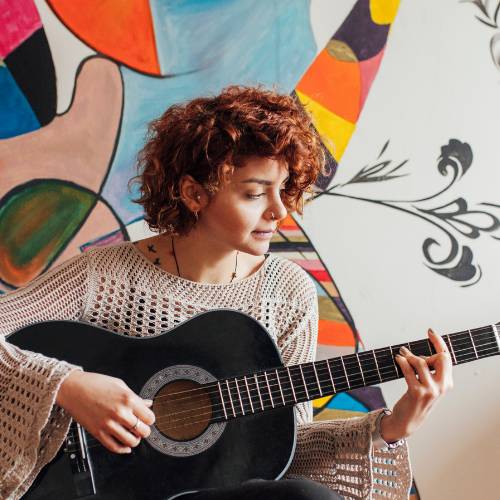How Creative Expression Supports Trauma Recovery

Youth in the foster care system often carry emotional wounds from neglect, separation, or abuse. Traditional talk therapy isn’t always enough—some emotions are too complex or too painful to verbalize. Art and creative expression offer a different way to heal, helping youth transform pain into purpose.
Art as a Language for Healing
Creativity allows youth to express what words cannot. Through painting, drawing, music, poetry, or dance, they can process their emotions in nonverbal ways. Art becomes a language of safety and control, giving them the freedom to tell their stories at their own pace. > “When I paint, I can finally say what I never had the words for.”
The Science Behind Art and Trauma
Creative expression engages both sides of the brain, integrating emotional and logical processing. Studies show that art-making reduces cortisol (stress hormone) levels and activates areas of the brain linked to joy and calm. For youth who’ve experienced trauma, this helps regulate emotions, decrease anxiety, and improve focus.

Building Confidence and Identity
Many youth in foster care struggle with self-esteem or a sense of identity. Creating art fosters accomplishment, self-worth, and individuality. Whether completing a painting or performing a song, these experiences reinforce that their voice matters—and that they are capable of creating something beautiful.
Art Therapy in Foster Care Programs
Art therapy is increasingly being integrated into foster care and youth programs. Licensed art therapists use guided techniques to help youth explore emotions safely and gain coping tools. This may include: expressive painting sessions, guided journaling, photography projects, or storytelling through music and movement. Art therapy complements other trauma-informed approaches, helping youth connect healing with creativity.
Community and Connection Through Art

Creative spaces often build community among youth who share similar experiences. Group art projects, exhibitions, or performances give them opportunities to connect, collaborate, and feel seen. When communities celebrate their creativity, youth feel a sense of belonging that strengthens emotional resilience.
Expanding Access to Creative Outlets
Despite its benefits, many foster youth lack access to creative resources due to limited funding or program availability. Expanding access means supporting schools, nonprofits, and foster care organizations that provide art supplies, workshops, and safe creative environments. Every youth deserves the chance to express themselves through art.
Final Thoughts: Healing Through Creation
For youth in the foster care system, creativity isn’t just a hobby—it’s a form of survival and self-discovery. Art helps them reclaim their stories, process trauma, and build hope for the future. Investing in creative programs isn’t just about making art—it’s about making healing possible.





